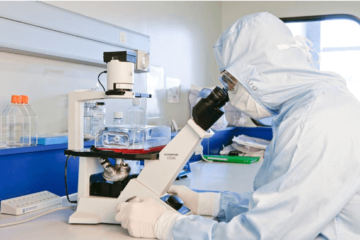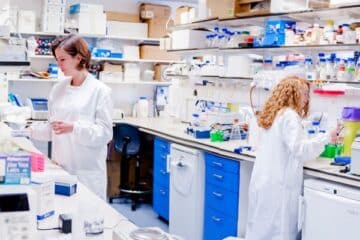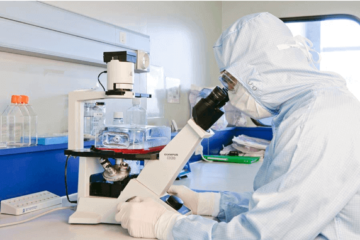Cardiac Regeneration via Induced Stem Cell Differentiation
**Cardiac Regeneration via Induced Stem Cell Differentiation: A Promising Therapeutic Approach**
Induced stem cell differentiation holds immense promise for cardiac regeneration. By reprogramming somatic cells into cardiac progenitors or cardiomyocytes, researchers aim to restore damaged heart tissue and improve cardiac function. This transformative approach offers potential therapeutic strategies to address the growing burden of heart failure and cardiovascular disease.












